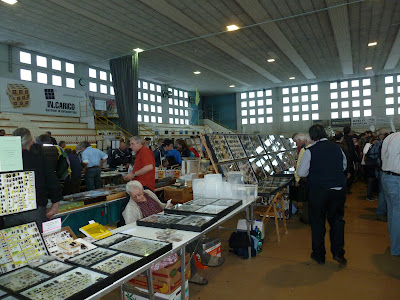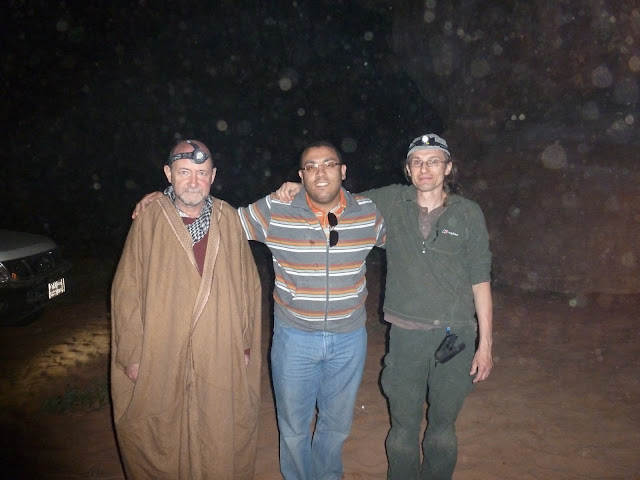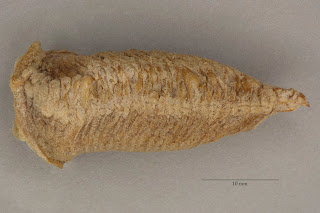by Darren Mann
 |
| Specimens and equipment for sale at EntoModena |
Last week I spent a few days in sunny Italy, visiting my good friends Stefano and Roberta Ziani and timed to coincide with the Italian entomological show '
EntoModena'. I had a wonderful few days of dung beetle chitchat and homemade, mouth-watering Italian gnocchi.
 |
| My vegan gnocchi as made by Roberta Ziani- it was that good it needed a picture all to itself. |
Stefano is a dung beetle researcher, specialising in the fauna of the Middle-East. He has published over 40 papers, mostly on faunistics and taxonomy and systematics, and has described a number of new species to sciences from the genus
Onthophagus, including some that are associated with nests of small mammals. During my visit I had the chance to study Stefano's superb collection of Palaearctic dung beetles, which is better than our Museum's, and with this collection finally managed to get a grasp of the identification of some difficult species.
EntoModena is similar to the Juvisy and
Prague shows, a sort of trade fair with a difference- you can buy live and dead insects, as well as books and various items of equipment. Most people go to meet up with old friends and make new ones.
 |
| Pasta picnic at EntoModena 2013 |
I met for the first time Giovanni Dellacasa, the world's leading expert on the small dung beetles in the group Aphodiinae, although we have corresponded over many years and even published a paper together (
Dellacasa, G., Dellacasa M. & Mann, D.J., 2010. The morphology of the labrum (epipharynx, ikrioma and aboral surface) of adult Aphodiini (Coleoptera: Scarabeaidae: Aphodiinae), and its implications for systematics.
Insecta Mundi 0132: 1-21). I also chatted with Giuseppe Carpaneto and other dung beetle researchers, bought a few bits of equipment and admired the selection of insects for sale.
 |
| From left to right: Giovanni Dellacasa. Stefano Ziani, Giuseppe Carpaneto and me, Darren Mann. |
My only chance to sit down during the day was by meeting up with Magdelana and Marek from
Majkowski Woodworking Company who had a table (and chairs) of their wares; this is the company who supply our wonderful collection drawers, postal boxes and wooden cabinets.
 |
| Magdelana and Marek from Majkowski Woodworking Company. |























